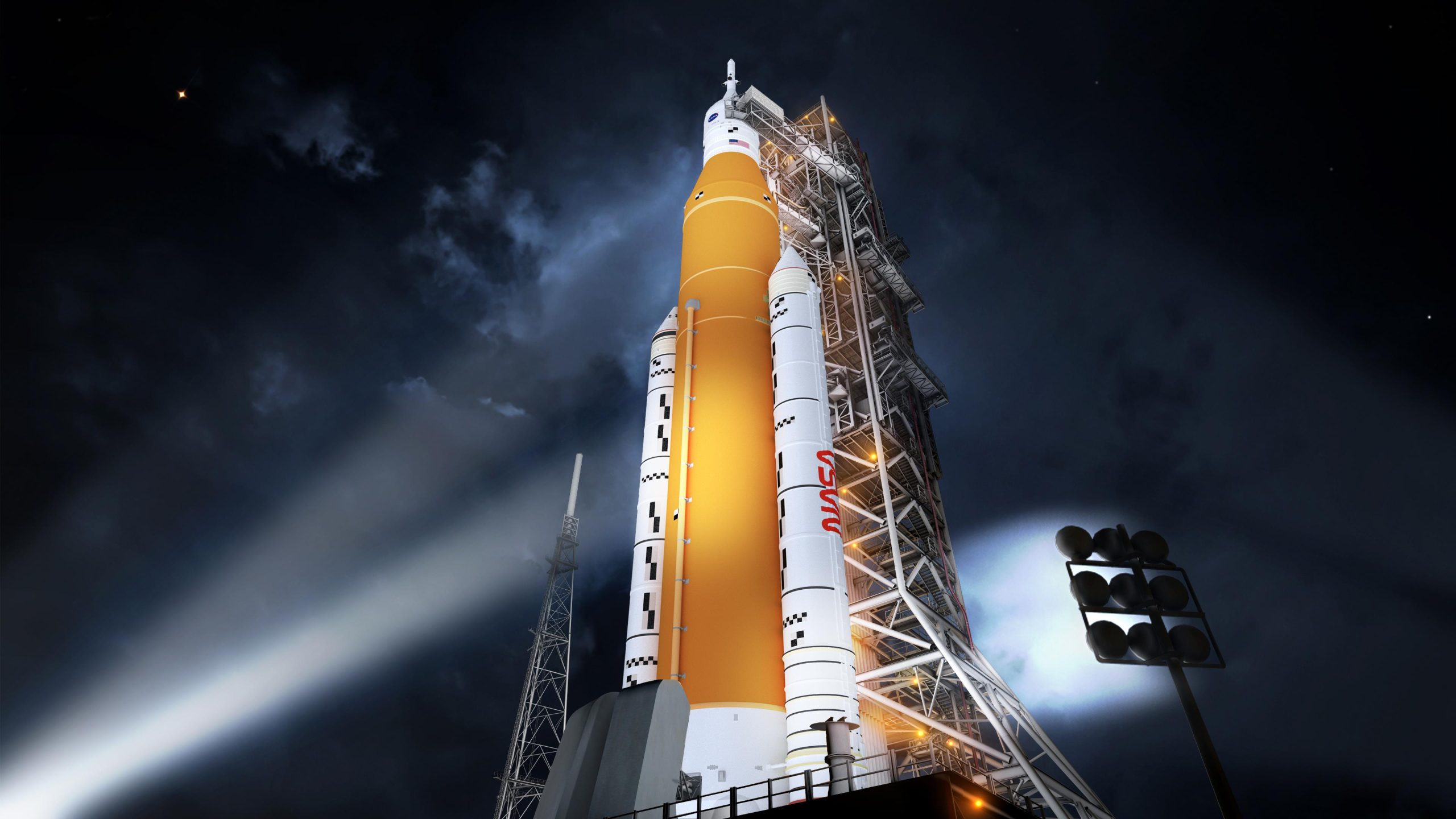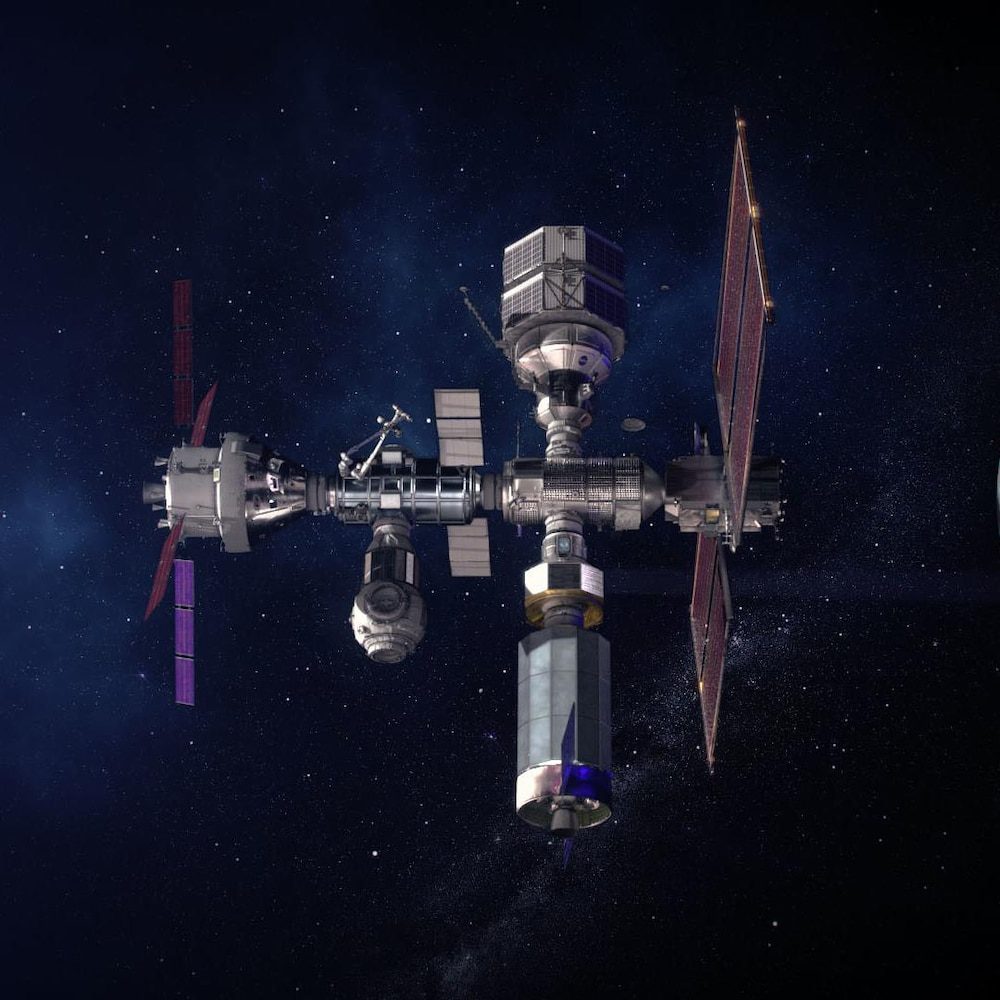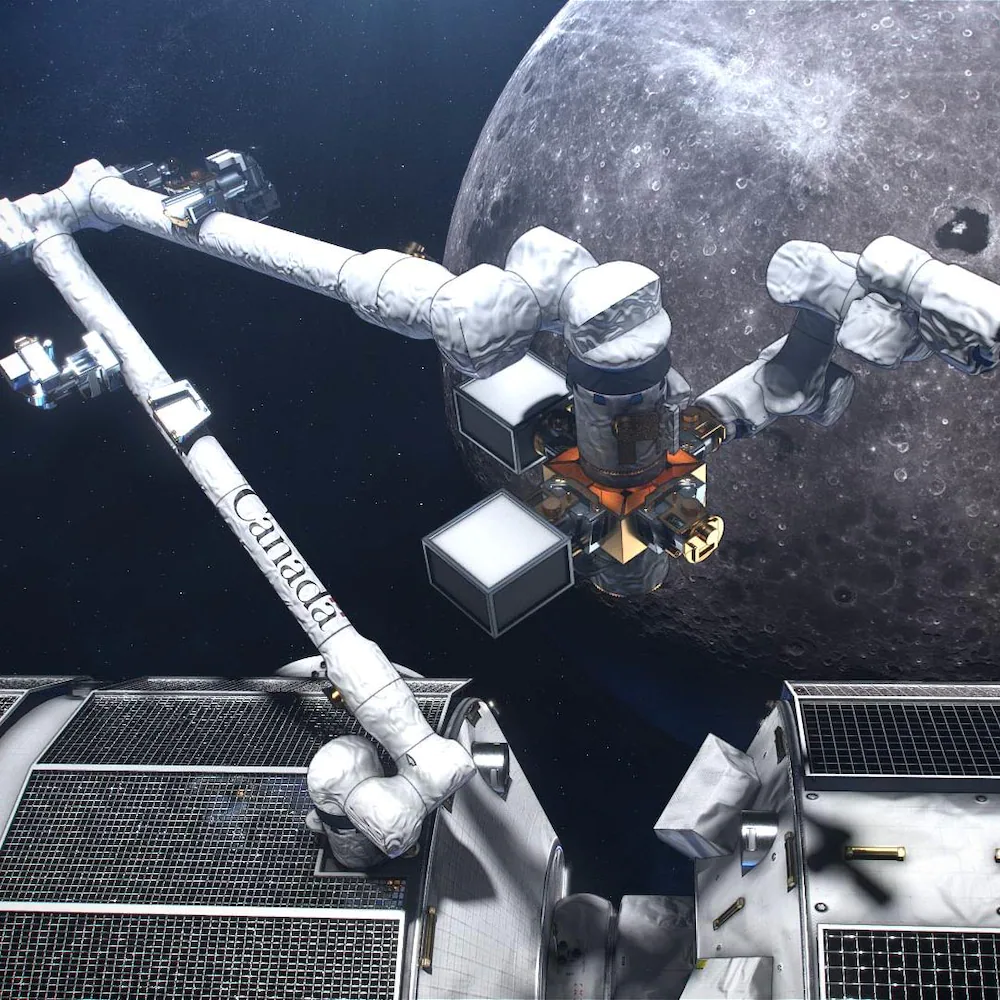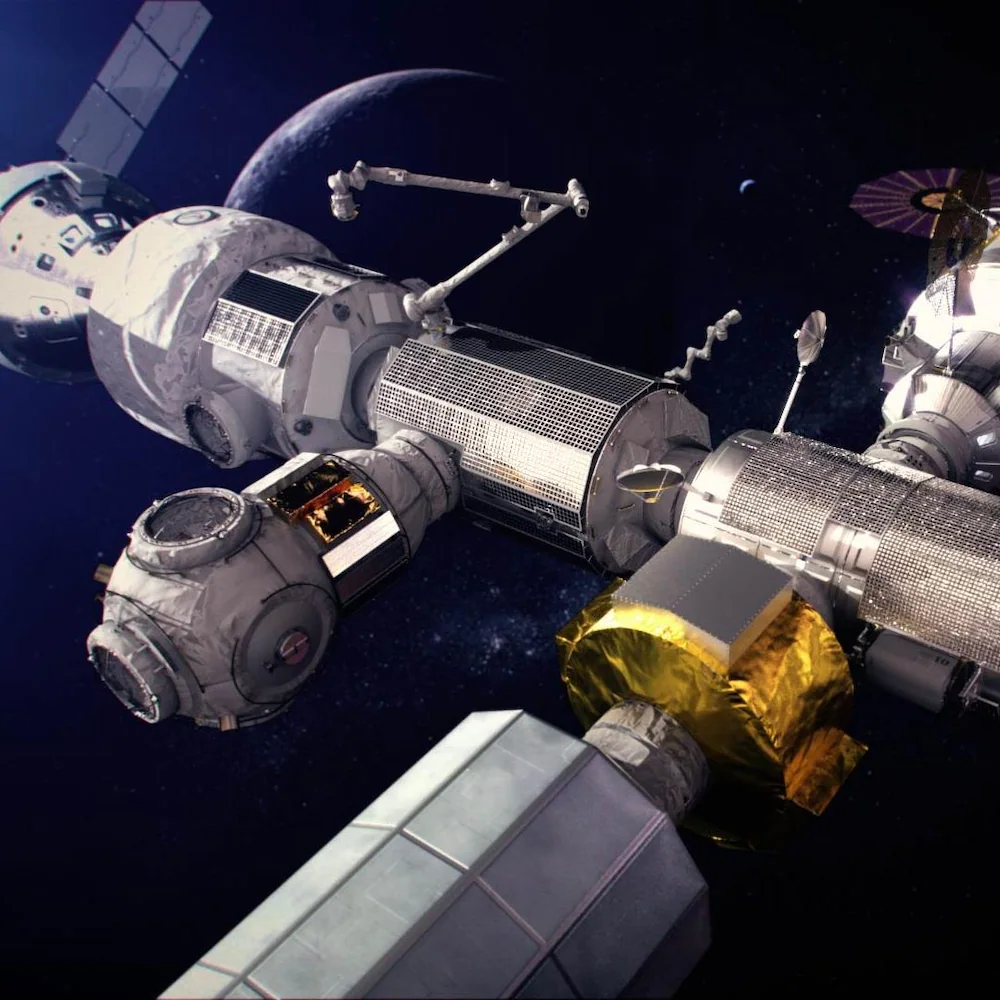About six times smaller than the current International Space Station (ISS), the Gateway lunar outpost will be assembled one unit at a time starting in 2026 thanks to NASA and private launchers. The first two sections will be the propulsion unit and the outpost.
The International Space Station orbits the Earth at an altitude of 400 km, while the Gateway will orbit the Moon 1,000 times at a distance of 400,000 km from Earth.
Stephane Desjardins, Project Manager, Space Exploration at the Canadian Space Agency explains.
The Gateway will serve as a stepping stone for manned and robotic missions to the Moon, as a science and technology laboratory, but also as a stopping point and control center for missions to the Moon.
Ultimately, it could become the starting point for Mars missions.
The station will accommodate up to four astronauts. The Gateway will not be permanently manned like the International Space Station. The astronauts will only be there for a few months a year depending on the missions
Stephane Desjardins notes.
Currently, NASA plans at least one manned mission per year to the orbital station where astronauts can stay for up to three months.
For this reason, robots will occupy a prominent position. Canada is supplying the program with Canadarm3, the third version of its robotic arm that will now be intelligent, allowing it to operate more independently.
” All maintenance, repair and inspection tasks of the gate station, even scientific experiments, will be carried out by the intelligent automated system. »
The Canadarm3 has two arms, one large at 8.5 meters and the other smaller and more slender.
He can even make certain decisions when he is not under the control of the crew. Canadarm3 will not only maintain itself, it will be able to repair itself
Desjardins is excited, and adds that artificial intelligence is built into the program’s design.
Also, the large arm will be able to capture spaceships or move station units in space, while the small arm will be able to move equipment and tools around the station.
The Canadarm3 movement will be made possible by a system of dozens of stations and mechanical interfaces also designed and manufactured in Canada, which will be dispatched with the first units in 2024.
These electromechanical interfaces will allow Canadarm3 to position itself to perform its tasks.
He will be able to move from one station to another by binding to one and detaching from the other. a bit like a charming lady You will move up a set of stairs.
Current plans call for Canadaarm to be delivered to the station in 2027, but the schedule can still change.
Unlike previous versions, Canadarm3 will be controlled entirely from Canada
Mr. Desjardins mentions.

“Subtly charming problem solver. Extreme tv enthusiast. Web scholar. Evil beer expert. Music nerd. Food junkie.”





